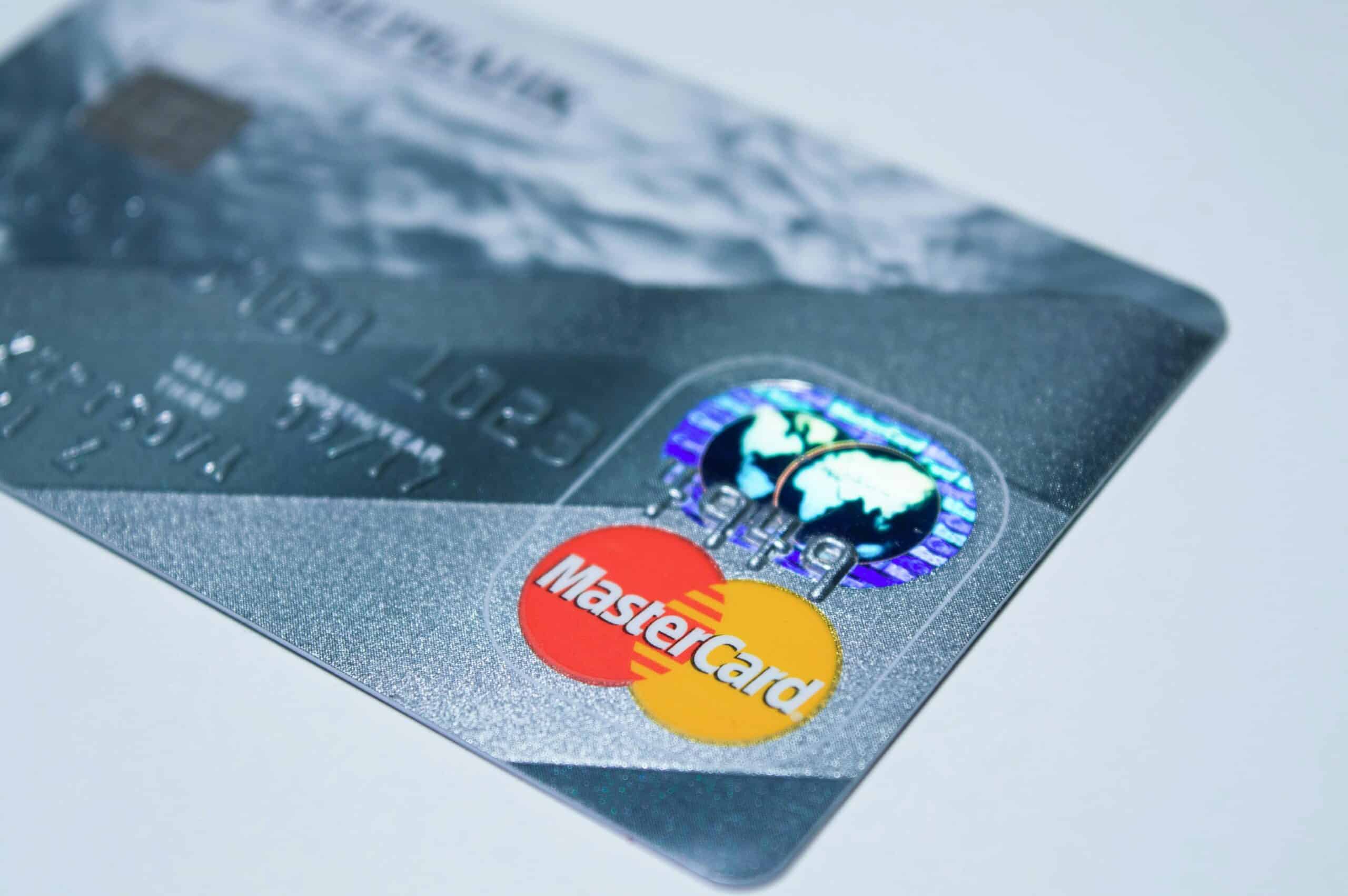
By alphacardprocess July 24, 2025
Each time a customer uses a credit or debit card, a portion of their transaction doesn’t make it back to the business owner — and often, they may not even recognize where it’s going. That cost is called the interchange fees.
Unlike the service fees you pay your payment processor, interchange fees are levied by the card networks and are paid to the banks that issue your customers’ cards. They come with every swipe, tap, online transaction — and left unaddressed, they can chip away at revenue over time.
The vast majority of small and medium-size businesses have no idea how much they’re actually paying, or why their fees fluctuate so much from one transaction to another. That lack of transparency frequently results in you paying more than you should — particularly if you are a high-volume business, or if you are on an old-school system.
This guide will explain what interchange fees are, how they function and what you can do to capture more of what you earn — without skimping on convenience for your customers.
What Are Interchange Fees?
Interchange fees are the behind‑the‑scenes and behind‑the‑counter charges that move whenever a customer pays with a card. When a card is swiped, tapped, inserted or keyed in, your payment processor sends the transaction to your acquiring bank (the bank that deposits funds into your account). The acquirer also pays a pre-arranged fee to the customer’s issuing bank (the bank that issued the card). That fee is the interchange fee.

Why does this fee exist? It compensates the issuing bank for three essentials: risk, fraud protection, and transaction handling. Issuers shoulder the risk of advancing funds before they’re fully cleared, maintain sophisticated fraud‑detection systems, and run the back‑end infrastructure that keeps card payments instant and reliable. Interchange fees help fund all of that.
Most importantly, your payment processor isn’t making up these rates. They are determined by the big card networks like Visa, Mastercard, American Express, Discover, which revise them time to time. Your processor just passes the cost through, then charges its own margin.
The standard card route looks like this: Cardholder → Merchant → Acquirer → Card Network → Issuer. The money does eventually come back to you, but that interchange piece is kept by the issuer. You can’t negotiate the interchange rates themselves, but understanding how they’re calculated is the first step toward minimizing overall processing costs.
The Real Interchange Rates: Not One-Size-Fits-All
A lot of business owners believe that all card transactions (and different types of cards) are charged at a fixed level, when, in reality, interchange fees can differ hugely depending on how and where the payment is made, and with what type of card — and even on the kind of business you operate.
The exact rate is affected by a number of key elements:
- Card type: Fees are generally lower on debit cards than on credit cards. Corporate or rewards credit cards processing generally have the highest rates.
- Card brand: Visa and Mastercard are mostly alike in their structures, though the rates are not the same. American Express and Discover may charge more.
- How you pay: In person, chip-enabled transactions are generally cheaper. These types of transactions — in which the cardholder keys in the number or makes a purchase online — are riskier, so they frequently have higher fees.
- Your merchant category code (MCC): What kinds of businesses you are categorized as also counts. There are also different rates across some sectors, which are considered high-risk MCC codes and are charged more.
Here’s what you can expect to pay:
- Debit Cards: ~0.8% – 1.2% per transaction
- Credit cards: ~0.5% to 1.5% — or more for premium cards
Different types of businesses will also have different fee profiles. A retailer that gets most of its money from debit cards will pay substantially less than a service provider making most of its transactions into the big ugly telephone. And if your business takes in significant rewards or corporate cards, your interchange costs can mount in a hurry.

How Interchange Differs From Other Fees?
Interchange fees are only one component of the overall cost that you incur to accept card payments — but they’re frequently mistaken for other fees. To understand your processing statement, it’s helpful to understand what each fee really pays for.
Here’s a rough breakdown of all the fees that make up the total cost of a card transaction:
- Interchange fee: The fee paid to the bank that issued the card. This is the biggest part of the fee that makes up your overall sum and accounts for the risk and processing fees taken by the issuer.
- Assessment fee: Fee paid to the card network (e.g. Visa or Mastercard). This is what keeps the worldwide payment infrastructure glued together.
- Processor markup: Paid to your payment processor. This is their service fee for routing the transaction and managing your account.
While the assessment and processor fees are negotiable to varying degrees, interchange is non-negotiable — it’s established by the card networks. That being said, how you take payments and how you’re set up can have an impact on which interchange rates you face.

Hidden Interchange Cost Traps to Watch For
While interchange fees may not be negotiable, you don’t have to settle for the highest rates, either. In reality, many realise by default higher interchange fees by they way they manage transactions. Here are five pitfalls to sidestep:
1. Manual or Keyed-In Entries
When card information is manually entered, rather than swiped, dipped or tapped, the transaction is treated as higher risk. The additional risk results in higher interchange fees.
2. Not Batching Out on Time
If you don’t settle transactions within 24 hours, you could lose access to preferred interchange rates. This is a common issue for busy businesses that forget to batch out daily.
3. Reward Cards
Those credit cards with travel points and cashback benefits? You’re the one funding them. “Premium and rewards cards generally have higher interchange rates.”
4. Downgraded Transactions
Missing details lack of a billing address (AVS) or a delay on a transaction, can lead to a “downgrade,” suspects the payment into a higher-fee category.
5. Card-Not-Present Transactions
Whether done over the phone or online, card-not-present payments are riskier for fraud (and therefore more expensive to process).
Avoiding these traps won’t eliminate interchange fees, but it can help minimise unnecessary charges and improve your overall processing efficiency.

Tools Businesses Can Use to Monitor and Manage Interchange Fees
Controlling interchange fees begins with being able to detect them. If you don’t know where your money is headed, you can’t control what you’re spending. Thankfully, there are a number of tools and practices that businesses can use to get the better of this cost and even diminish it over time.
1. Monthly Processing Statements
To begin, consistently audit your processing statements. Know how to spot interchange fees, processor markups, and assessment charges. That breakdown provides clarity on where fees are coming from — and which ones you can control.
2. Analytics Dashboards from Your Processor
Most of the modern payment providers also offer dashboards or reports that display trends within your transactions: card types, payment methods, average ticket size, etc. Those are insights that could help you spot high-cost patterns.
3. Smart POS Integrations
Select a POS that does AVS (Address Verification), prompts you for the CVV, and will settle batches automatically. These features help you qualify for lower interchange categories and steer clear of expensive downgrades.
4. Work with a Payment Consultant or Accountant
If you think your fees are unusual high, you may want to have a professional do an audit. An experienced consultant can look at how you’re processing and propose changes that will save you in unnecessary fees.
5. Benchmark Your Rates
Compare your effective rate to other similar businesses in your industry or geographic area. If you’re paying them more than that and can’t figure out why, it may be time to renegotiate the contract you have with a provider or find another.
The right tools and habits can help you keep interchange fees in check — and put more money back into your business.
Conclusion
Interchange fees might be a necessary part of accepting card payments, but that doesn’t mean you have to let them quietly eat into your profits. These costs can add up quickly — especially when you’re unaware of the small factors that push them higher.
The good news? With a little education and a proactive approach, you can spot where you’re overspending, adjust how you process payments, and potentially save hundreds or even thousands each year. From choosing the right payment setup to batching out on time and avoiding manual entries, every small step counts.
Remember, you can’t negotiate interchange rates — but you can control how often you fall into higher-fee categories. Take the time to review your monthly statements, learn your transaction patterns, and ask the right questions of your payment provider.
The more informed you are, the better your chances of optimising your fees — and keeping more of what you earn.
Frequently Asked Questions
1. Can I negotiate interchange fees with my payment processor?
No, interchange fees are set by card networks like Visa and Mastercard and are non-negotiable. However, your processor’s markup is negotiable, and the way you process payments can impact which interchange rate applies.
2. Why are reward credit cards more expensive to process?
Because you’re essentially covering the cost of the rewards. Issuers charge higher interchange rates on these cards to fund cashback, airline miles, and other perks.
3. What’s the difference between interchange, assessment, and processor fees?
- Interchange: Goes to the card-issuing bank.
- Assessment: Goes to the card network.
- Processor markup: Goes to your payment provider.
All three combined make up your total card processing cost.
4. How can I tell if I’m overpaying in interchange fees?
Start by reviewing your monthly processing statements. Look at your effective rate, compare it with similar businesses, and check if you’re frequently being downgraded or charged for high-risk transactions like keyed-in entries.
5. What’s the best way to lower my interchange-related costs?
Use chip or contactless readers, avoid manual entries, batch out within 24 hours, enable AVS/CVV prompts, and ensure your POS is configured properly. Also, consider working with a provider that offers interchange optimisation tools or consulting services.